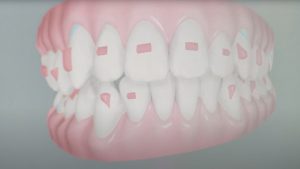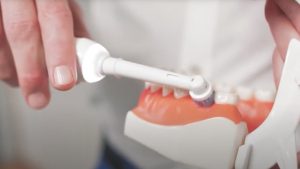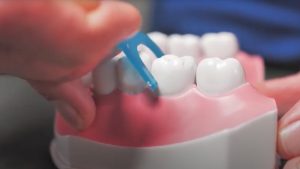Hi, I’m Tom from Toothpaste, and welcome to our guide to crowns.
Understanding Tooth Wear and Fillings
So, how do we get to a crown? Well, throughout our life, as we get fillings, the tooth gets weakened. The bigger the filling, the more the tooth is weakened. Often, fillings are also trench-like structures which run front-to-back along the tooth, which means that every time you chew side to side, you push the weakened bits of enamel out, increasing the risk of fracture.
When to Consider a Crown
Now, either reactively, to a broken tooth, proactively, to avoid complications, or following a root-canal treatment, your dentist may advocate a crown to you.
The Crown Preparation Process
When you attend your practice for a crown preparation, your dentist, following numbing you up, will shave the tooth down by approximately 0.5 to two millimeters, depending on the type of material being used for your crown. Once that tooth has been shaved down, you will then get an impression, or a scan taken of that prep which will be sent off to the dental laboratory for them to manufacture your permanent crown.
Temporary Crown Care
You’ll leave the practice that day with a temporary crown on there and come back a week later for the cementation of your permanent crown. In that time, you’ve got to be a little bit careful of really crunchy, sticky foods, as they are more likely to either break or pull off that temporary crown. So, just be a little bit tentative.
Post-Crown Placement Care
When you’ve had your crown done, the danger areas for crowns are different from healthy virgin teeth. So, your dentist will help guide your cleaning as to where those danger areas are to help avoid issues with decay getting in underneath it.
Benefits of a Crown
The benefit of a crown is it’s made from materials that are far stronger than filling materials can be. So, it’s much more resistant to hard chewing forces. Not only is it stronger material, but unlike fillings, which sit in the middle of the tooth, encouraging the tooth to split up, a crown goes down over the whole tooth, gathering it together, increasing the strength of it, reducing the risk of cracks and complications.
Risks and Considerations
There are some risks associated with crowns. Generally, we always do crowns on teeth which have already had quite a significant amount of damage. We always aim to prevent further damage and issues by getting a crown done, but you may find, in some extenuating circumstances, if the damage has just gone too far, that tooth can still go on to need root-canal therapy in the future.
For more information on crowns, click on the links below, or, alternatively, give us a call. Book an appointment online, and our helpful team can give you some more advice.







